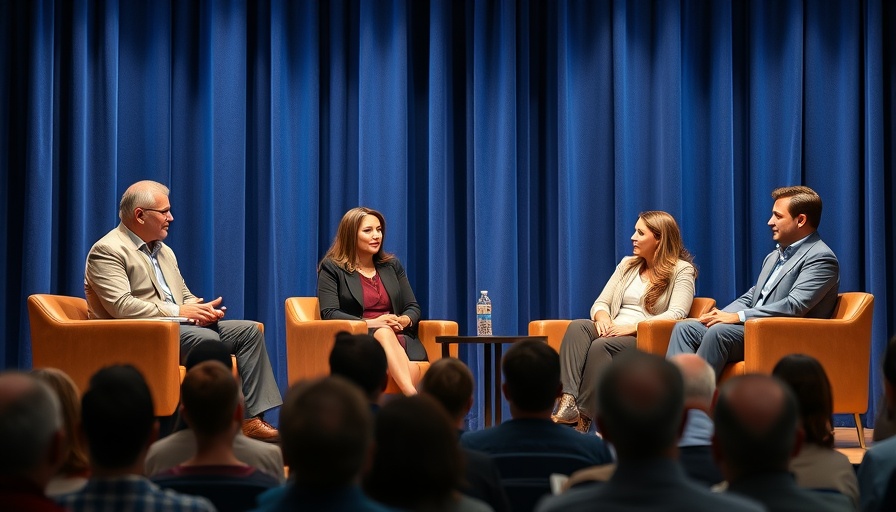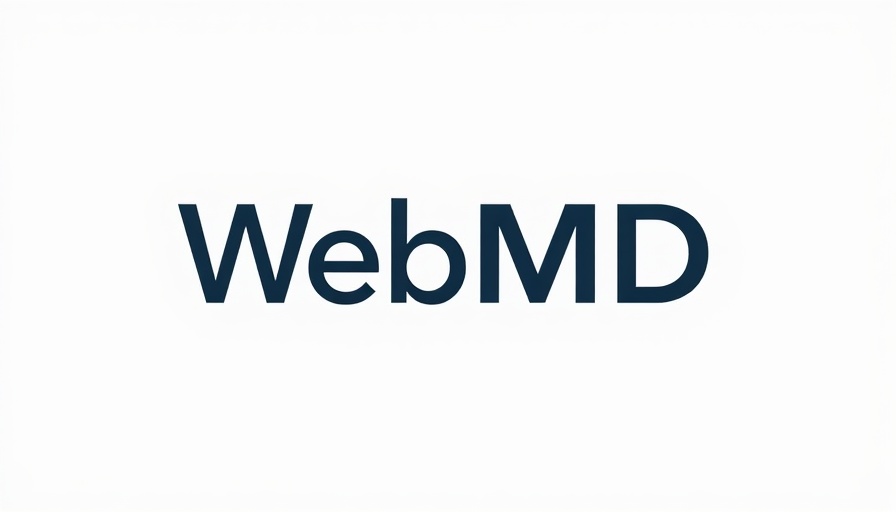
Revolutionizing Eyecare: The Importance of Innovation Hubs
The recent debut of the AOA Innovation Hub at Optometry’s Meeting highlights a transformative wave within the healthcare sector—particularly in eyecare. With a pronounced emphasis on artificial intelligence (AI) and new technologies, the hub’s objective is clear: to enhance the effectiveness of eye care practices. This initiative underscores an important shift, as the healthcare landscape increasingly integrates technology to improve patient outcomes.
Why AI Matters in Eyecare
Artificial Intelligence has emerged as a game-changer across various fields, and eyecare is no exception. With its ability to process vast amounts of data quickly, AI tools can assist practitioners in diagnosing conditions more accurately and efficiently. For example, AI algorithms can analyze retinal images to detect diseases like diabetic retinopathy at a stage when they can still be effectively treated.
Transformative Technologies on Display
During the opening sessions, numerous cutting-edge tools were showcased that promise to enhance the diagnostic and treatment processes. Attendees were able to experience various AI-driven platforms that streamline patient management and predict treatment outcomes. By leveraging these technologies, eyecare professionals can better tailor therapies to individual patients, thereby optimizing care.
Bridging the Gap Between Technology and Practice
One of the standout themes at the Innovation Hub was the notion that technology should complement, not replace, the human touch in healthcare. Practitioners were encouraged to consider how AI could improve their workflows while still fostering genuine patient relationships. This balance is pivotal in maintaining patient trust and satisfaction.
World Trends Reflected Locally
The importance of innovation in eyecare is not confined to the United States. Globally, healthcare systems are shifting towards technology-driven solutions that prioritize patient-centricity. Just as telemedicine proved indispensable during the pandemic, AI tools are now stepping into the spotlight as essential components of future healthcare strategies.
Looking Ahead: The Future of Eyecare
As we look to the future, the implications of AI in eyecare continue to expand. From personalized medicine to predictive analytics that can catch ailments before they become severe, the opportunities are vast. It’s not just about implementing technology but understanding how it can help patients and practitioners lead healthier lives.
The Value of Continuous Learning
For eyecare professionals, staying updated with emerging technologies is no longer optional. The AOA Innovation Hub serves as a crucial reminder of the need for ongoing education and adaptation in the face of rapid innovation. Practitioners who engage with these innovations stand to significantly enhance their practice and offer superior care to their patients.
 Add Row
Add Row  Add
Add 




Write A Comment